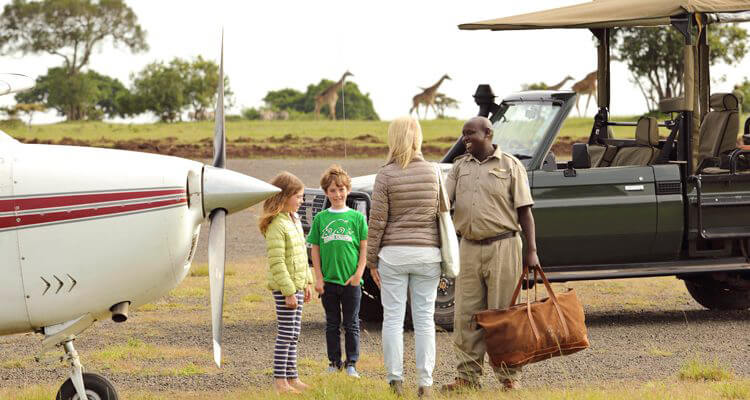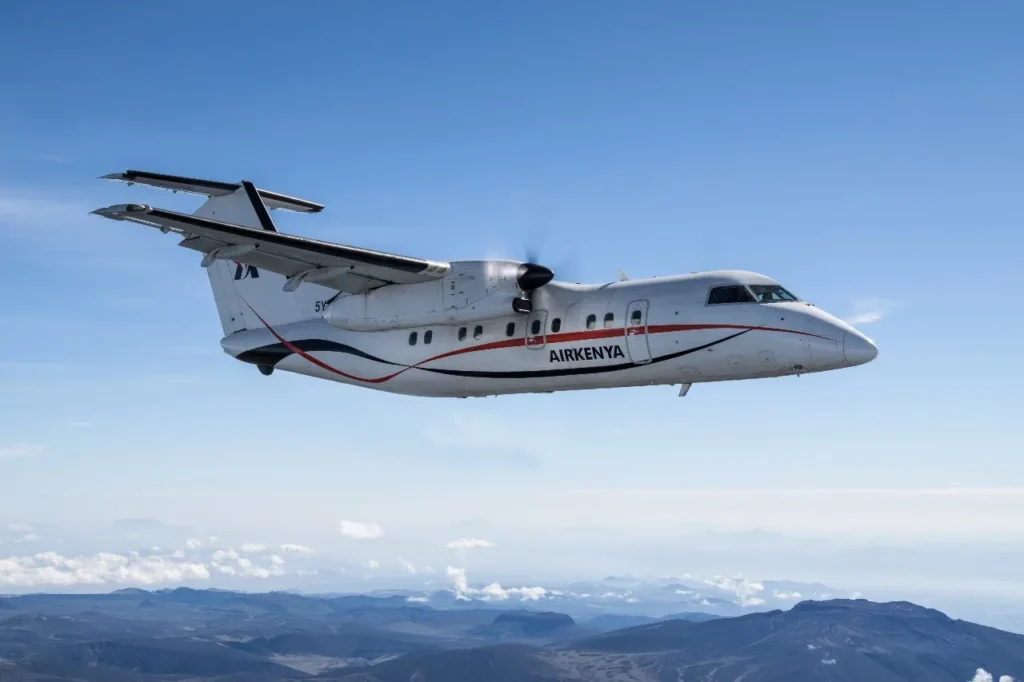Choosing a safari is a big decision, and for those who want to increase their time in the wilderness and then experience a higher level of comfort, a fly-in safari is an excellent option. A fly-in safari, as the name suggests, involves flying between different safari camps or lodges instead of driving long distances. This type of trip offers a different and then often more luxurious experience, but it requires careful planning and then consideration. When choosing a fly-in safari, you need to think about several key factors, from the destinations you want to visit to the type of experience you are looking for and the practical logistics of travel.
Destination and camp selection.
The first and most consideration for a fly-in safari is your destination. Fly-in safaris are most common in areas with the vast, remote wilderness where driving between locations would be extremely time-consuming. Popular countries for this type of safari include Kenya, Tanzania, Botswana, Zambia and Zimbabwe. Each of these countries offer a unique safari experience. For example Botswana’s Okavango Delta is famous for its water-based safaris and the incredible concentration of wildlife, while Tanzania’s Serengeti is known for the Great Migration. Yu need to decide what kind of the landscape and then animals you want to see.
Once you have chosen your country, you must select the specific camps or lodges. Fly-in safaris usually involve staying at a small, exclusive camps that are often located in the private conservancies or remote parts of the national parks. These camps are often all-inclusive and then offer a more intimate and then personalized experience. Consider the camp’s location it is a water source, a river, or an open plain. The location will often dictate the type of wildlife you will see. Also look at the camp’s reputation, reviews and then the activities they offer such as the guided walks, night drives or a hot air balloon safaris.
The itinerary and pace.
A fly-in safari allows you to cover a lot of ground quickly, but you still need to plan your itinerary carefully. One of the main benefits is that you can visit many, distant ecosystems in a short amount of time without spending long hours on bumpy roads. For example you could fly from the plains of Serengeti national park to Ngorongoro highlands in Tanzania or from the misty mountains of Uganda and Rwanda home to the largest primate concentration of the world. You need to decide how many days you want to spend at each location. The best fly in safaris allow for at least two to three nights at each camp that gives you enough time to settle in, to do several game drives, and then have truly experience the area..
Another thing to consider is the pace of the trip. East African Fly-in safaris can feel faster paced due to the frequent travel, even if the flights are short. You will need to pack and then checkout of the one camp to catch a flight next. Make sure the pace feels right for you, you do not want to be on hurry. A good fly-in safari should feel seamless, with the camp staff and pilots handling all the transfers so you can simply enjoy the journey.
Practical and Financial considerations.
Fly-in safaris are generally more expensive than the road safaris. This is because you are paying for the cost of the small, charter planes and then staying at a more exclusive, remote camps. You need to budget accordingly remembering that the price often includes all flights within the safari circuit, accommodation, meals, drinks and game drive activities. Make sure to check what is and what id not includes in your safari package. Also, consider the seasonal price differences. The high season, which is often the dry season with better game viewing will be significantly more expensive than the low season.

Logistics are also a crucial factors. The small planes used for the fly-In safaris have strict luggage weight limits, often around 15-20 kg (33-44 Ibs) per person, and require soft sided bags. This means you have to pack smart and light. You should also think about the travel insurance, which is highly recommended for any safari but especially for a fly-in safari, given the remote locations and costs involves. Finally make sure to book with reputable tour operator like Nyumbu Beyond Journeys who has a long history of running fly-in safaris. A good operator will have strong relationships with the camps and then airlines, ensuring enjoyable trip from the start to the end.

